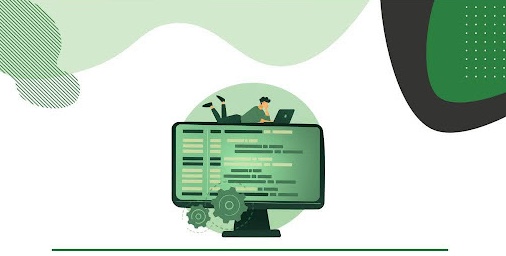
Unlimited CLM for $99K: A New Standard for Enterprise Cryptography
It’s time to stop overpaying for CLM and private PKI. For too long, enterprises have been forced into complex and per-certificate pricing models that punish

It’s time to stop overpaying for CLM and private PKI. For too long, enterprises have been forced into complex and per-certificate pricing models that punish
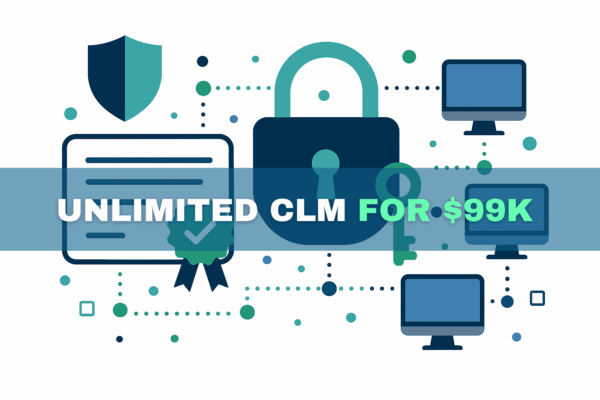
Unlimited use certificate lifecycle management and private PKI disrupt an overpriced, restrictive market by offering one simple subscription fee Garantir, a leader in enterprise cryptographic
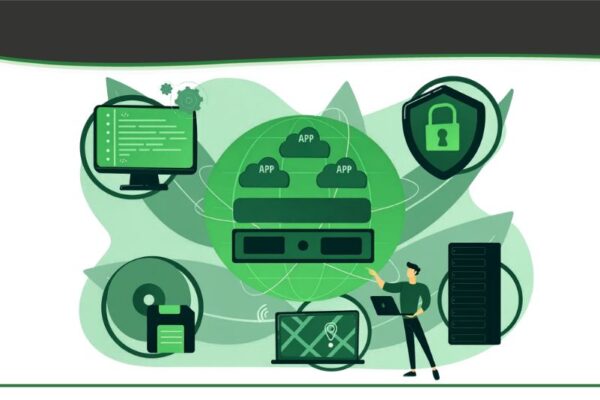
In the early days of the internet, defending a business application was like building a fortress. A strong wall, typically a web application firewall (WAF),
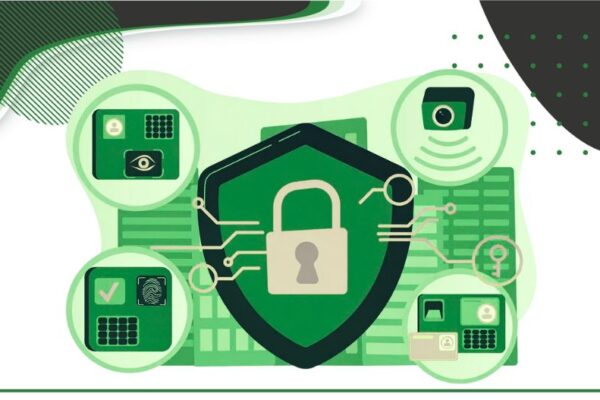
If you want to keep customer data safe, application security testing (AST) can’t be a side quest anymore, it has to be the control plane

When leaders talk about “Application Data Security,” they usually jump to tools: web application firewalls, data loss prevention, api security, database encryption, application layer encryption,

APIs are no longer background infrastructure, they are the digital nervous system of modern business. They connect applications, move data across cloud services, enable mobile
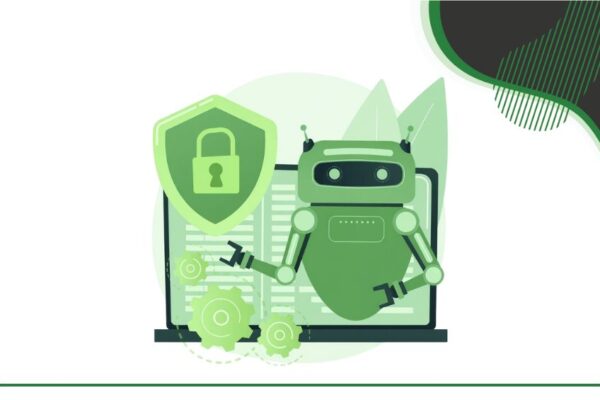
Let’s face it, “data breach” is one of those phrases that instantly makes security teams, executives, and customers break out in a cold sweat. And

APIs have quietly become the lifeblood of modern digital business. They connect applications, enable integrations, and allow organizations to innovate at speed. But this same
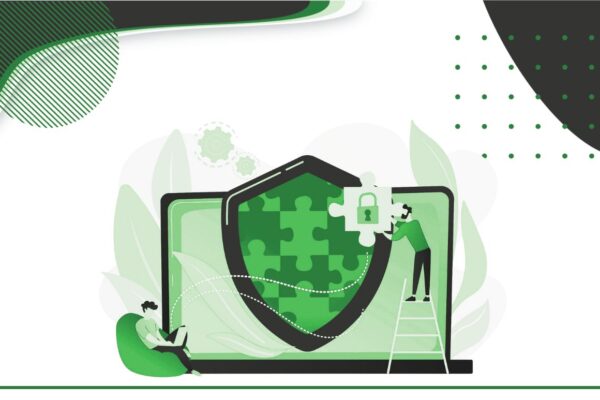
The Fragile Perimeter of Modern Authentication In the last decade, authentication systems have undergone an impressive evolution. We’ve moved from single static passwords to two-factor